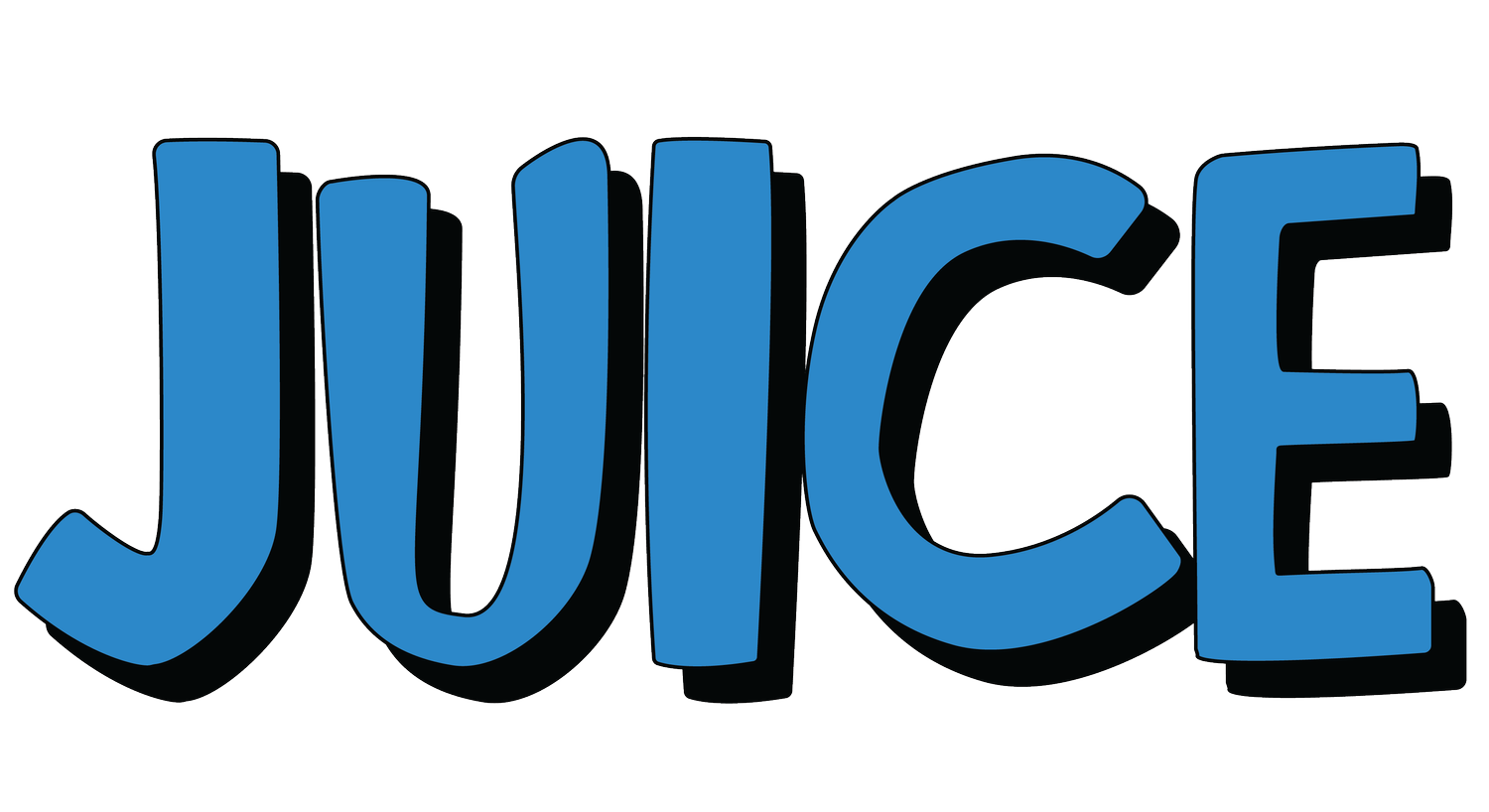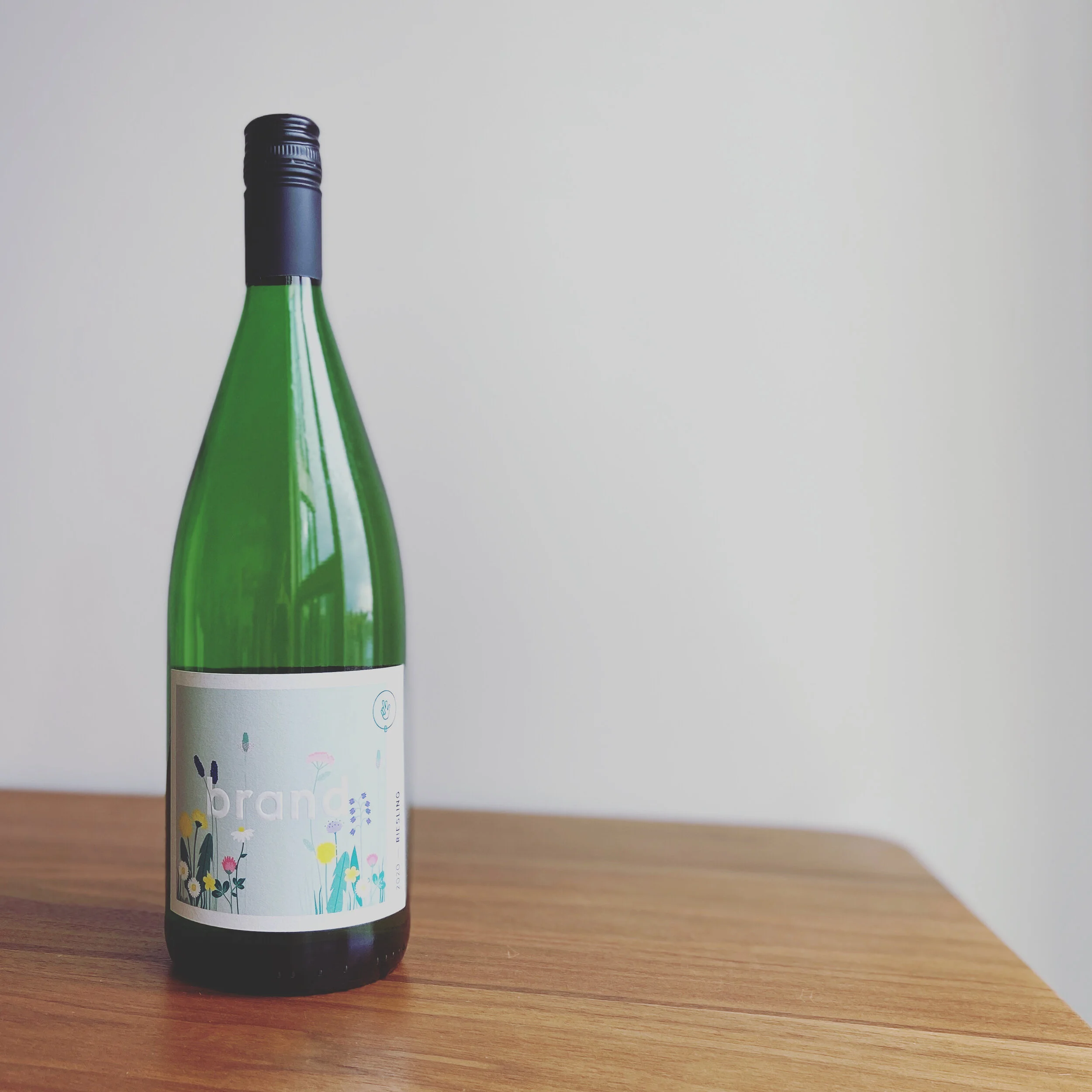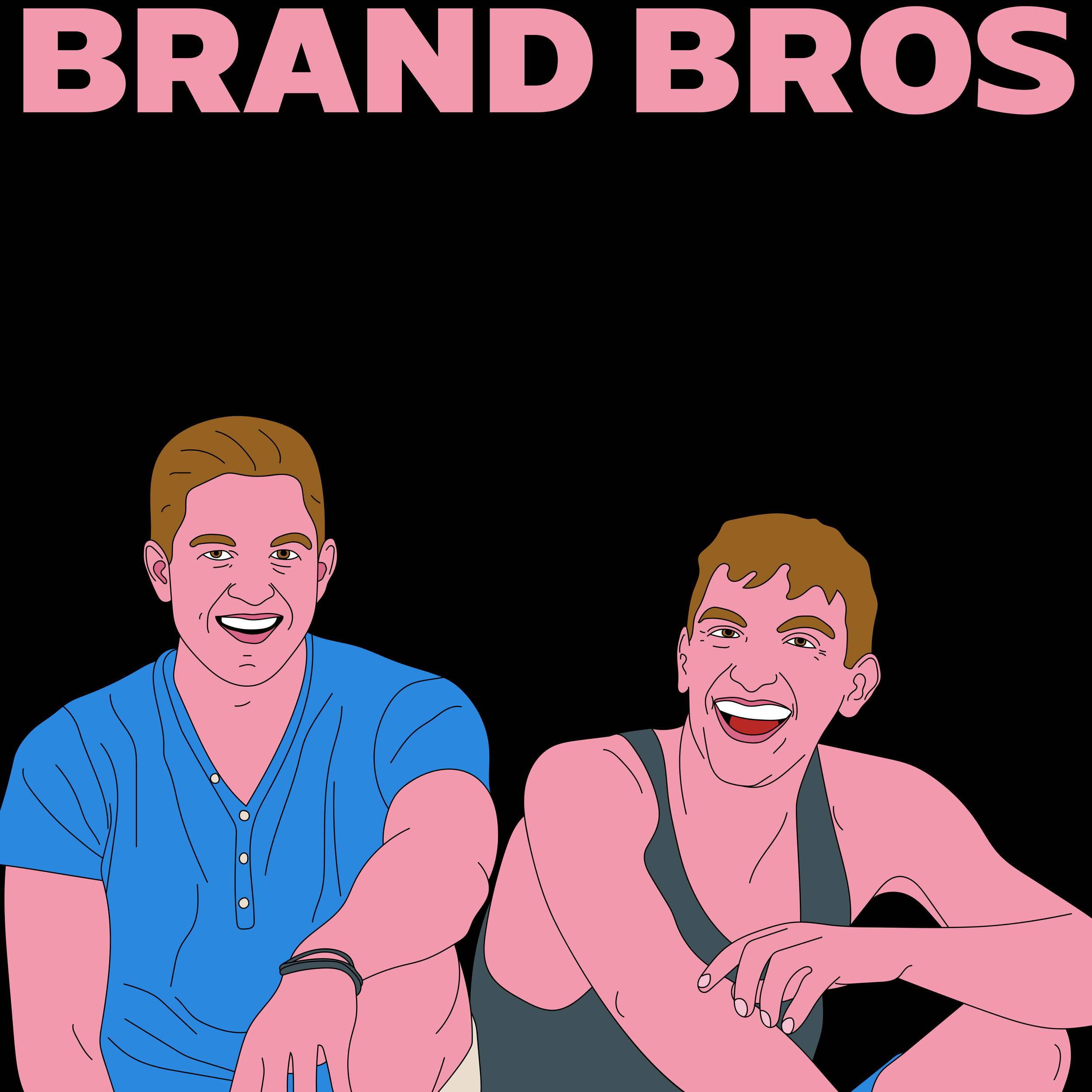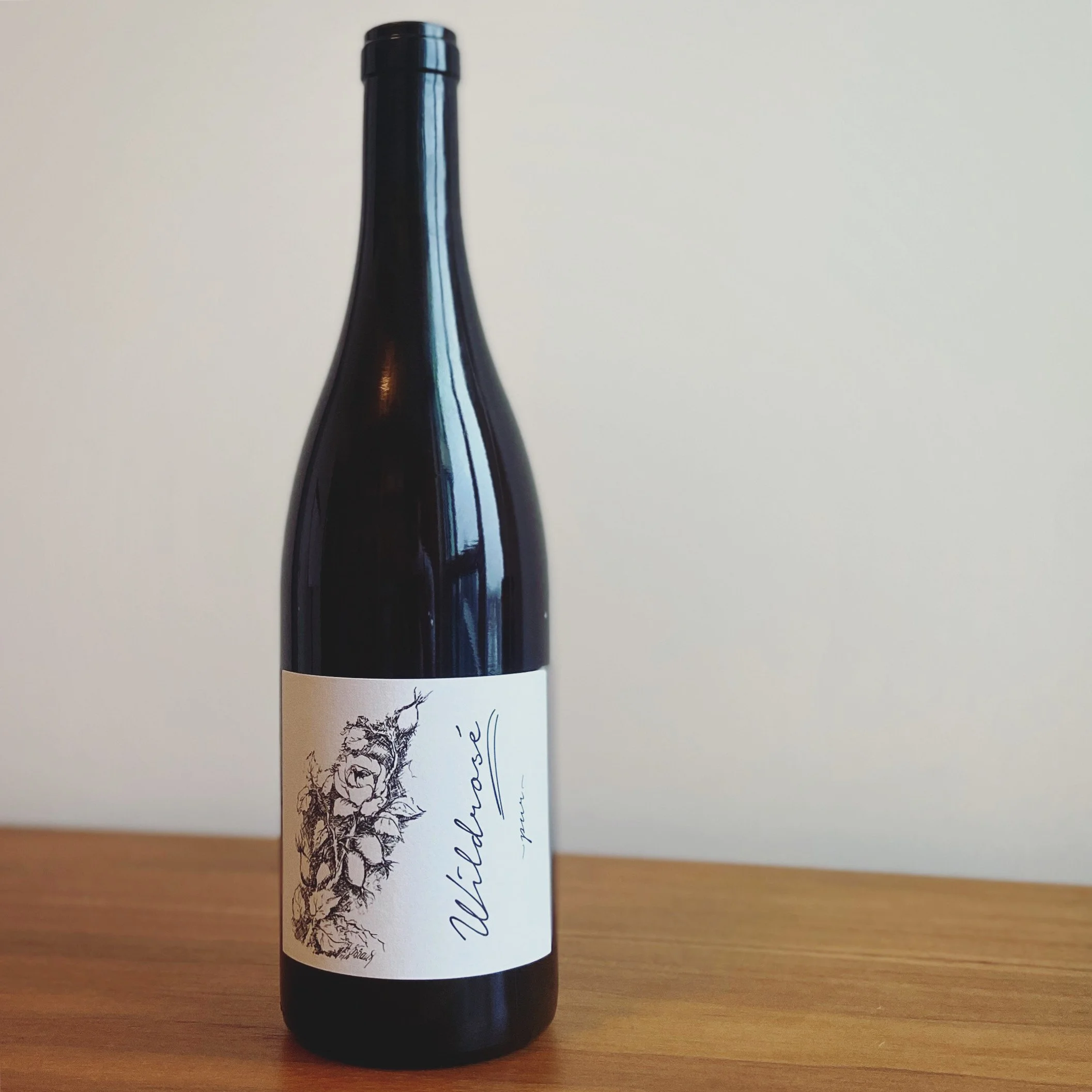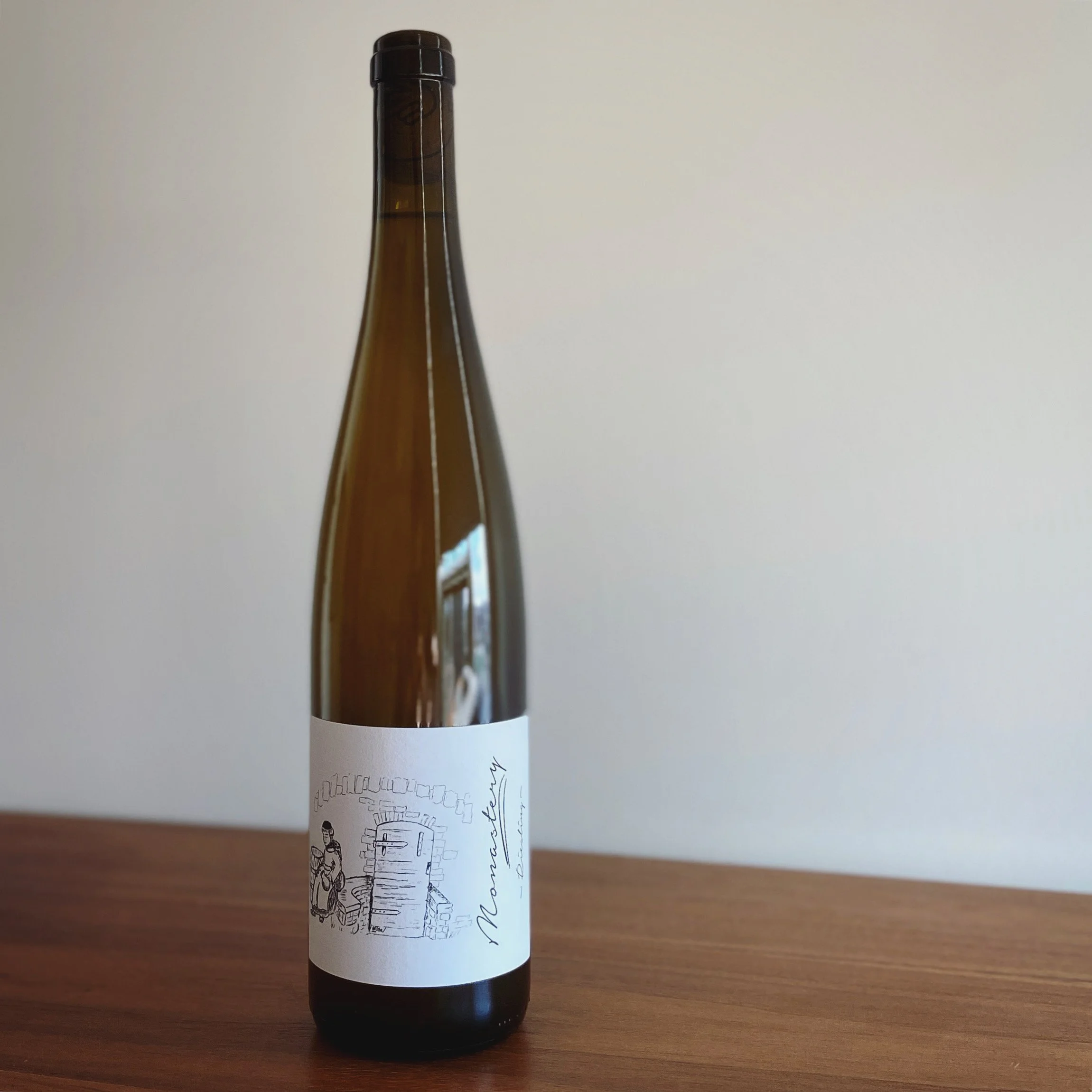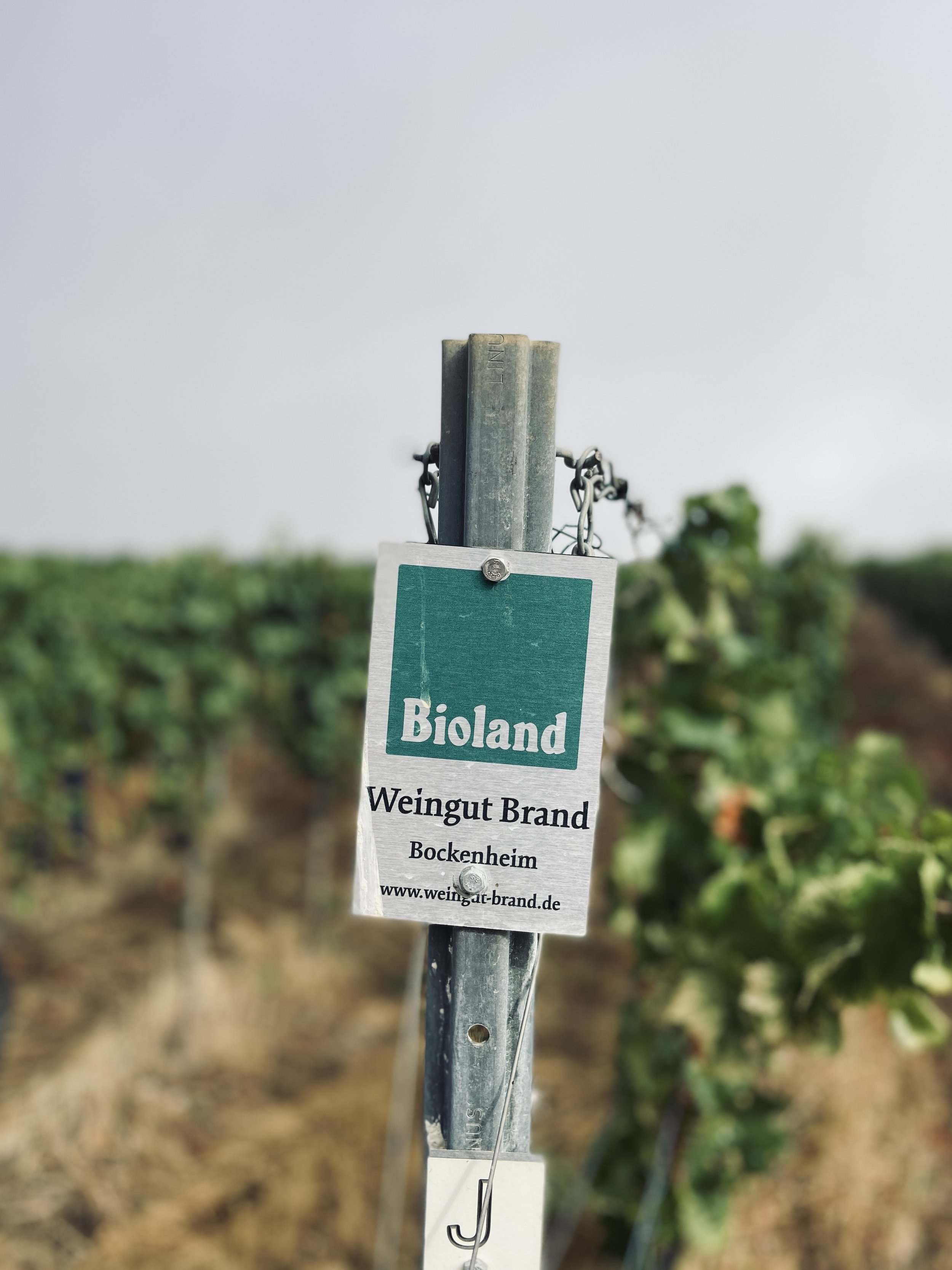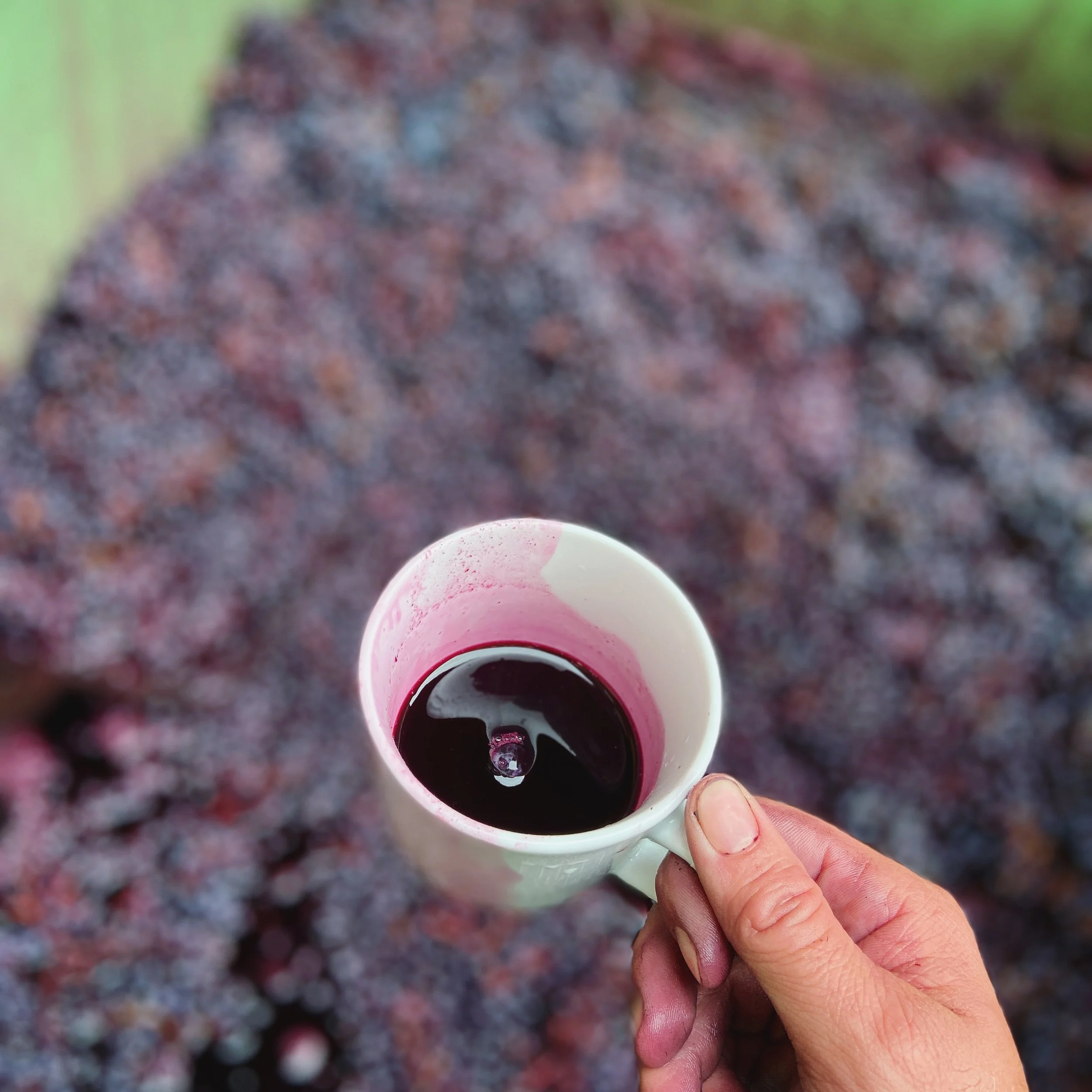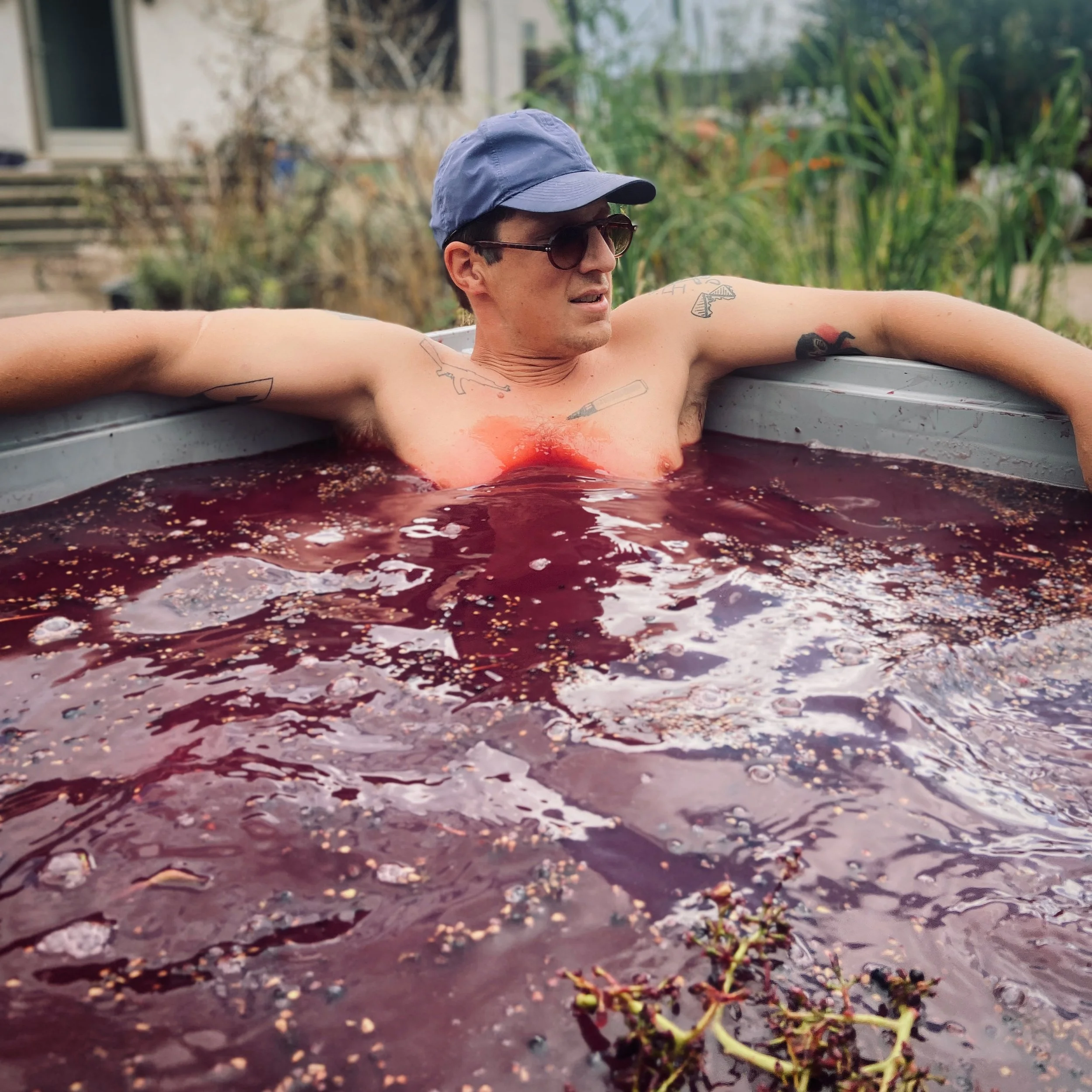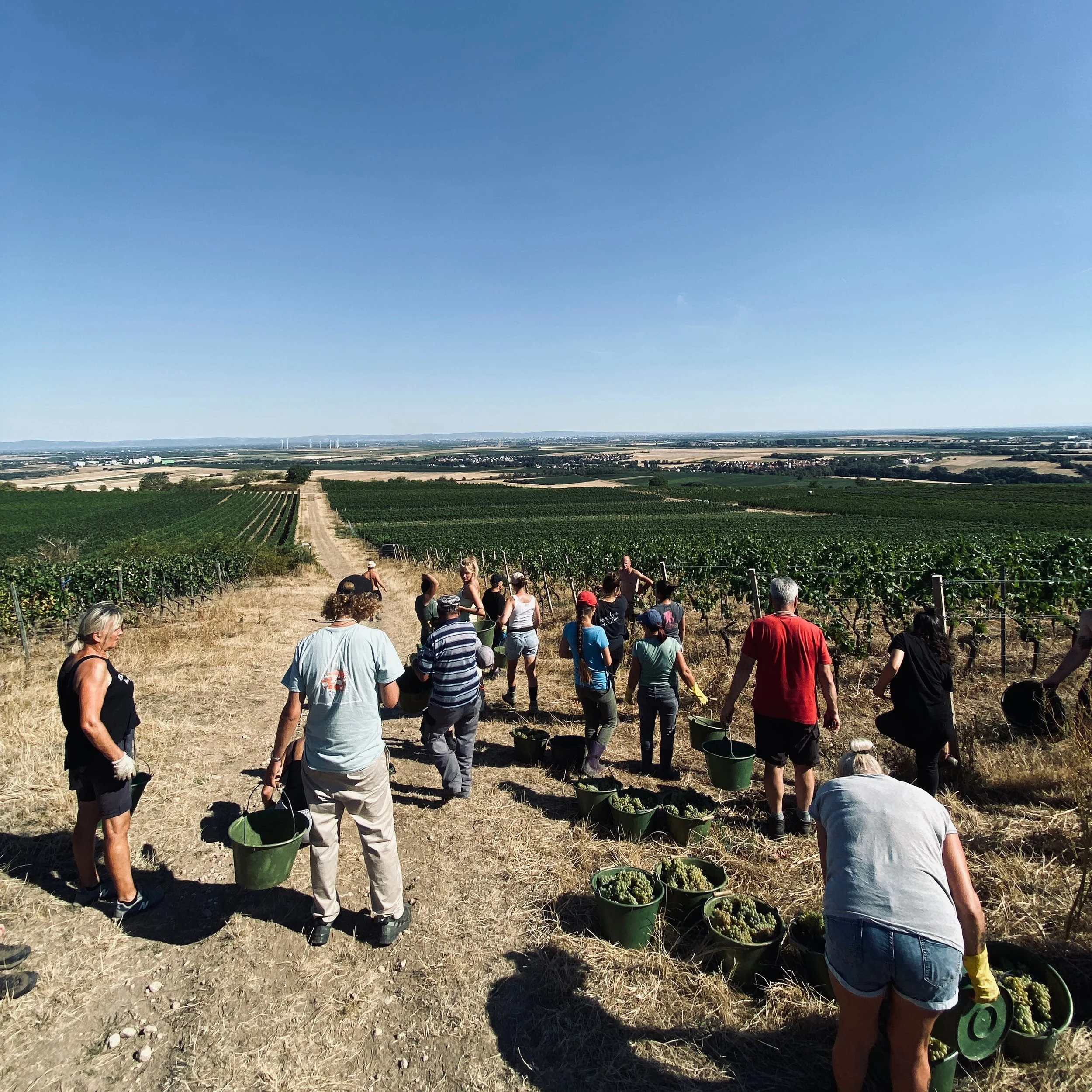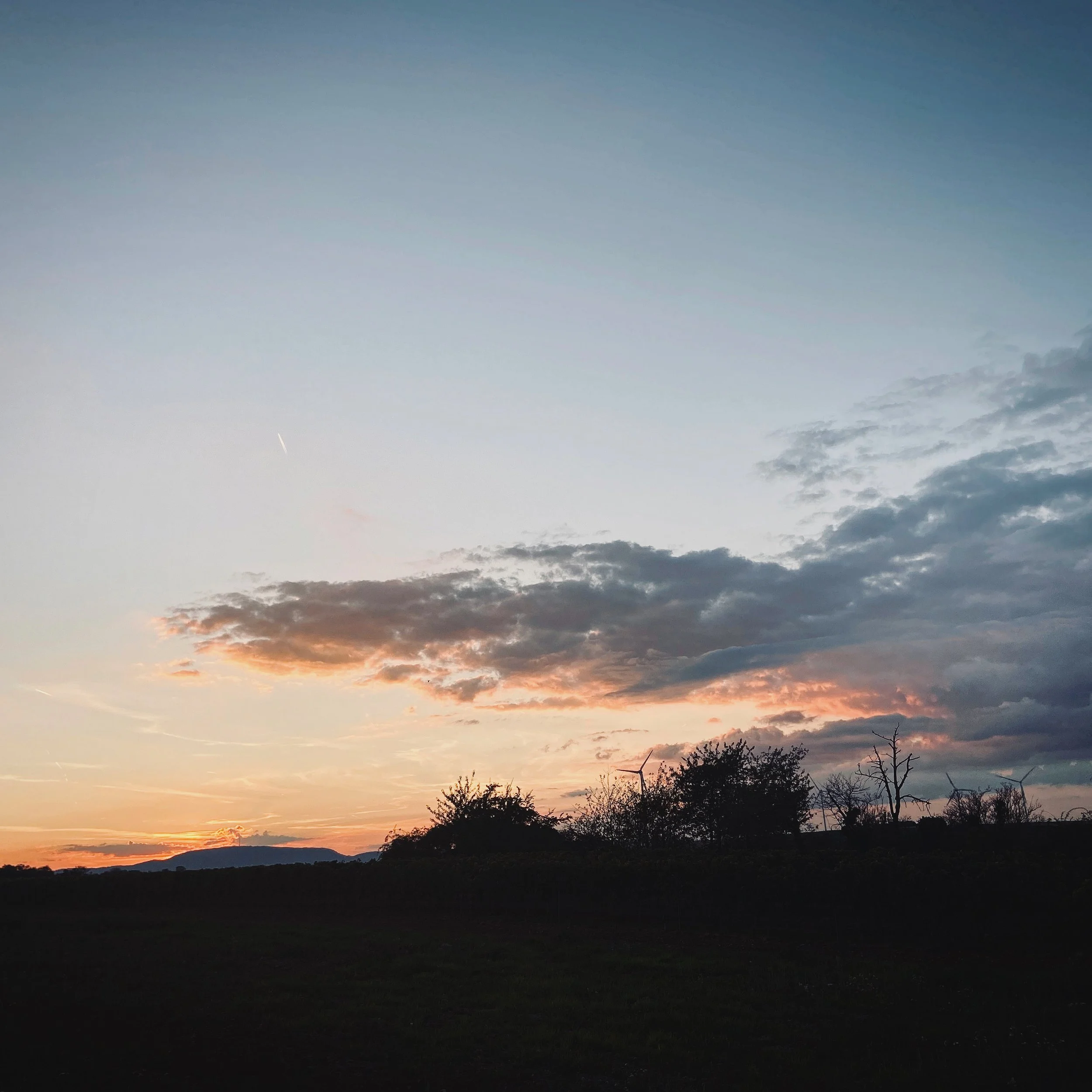BRAND BROS
-
In the spring of 2017, I visited Germany to hunt for a producer that matched our ethos of sustainability and minimalist winemaking. The German wine board acted as a matchmaker, setting up meetings with producers and acquiring samples for us to taste. Off the proposed list, I spotted the Brand Bros (then still using the name Weingut Brand) and was intrigued.
The wines were clean and focused, and Daniel himself was charming and a bit bashful. As a vigneron in his early twenties converting to organic farming and sulphur free winemaking, I'm sure the experience felt a little surreal - sitting across the table from an equivalently young Canadian getting drilled about soil health all before breakfast. I knew I wanted to work together, but then we hit a speedbump. Our tiny agency, only six months old at that point, was officially out of money. We could afford to keep working with the producers we already had, but we'd have to hold off on signing any new ones until we could solve our cash flow situation—typical growing pains.
-
A year later, Mark and I visited RAW Wines in LA. The goal was to meet with the producers we already worked with (Meinklang, Gut Oggau, Les Lunes, etc.) and scope out potential new additions to the portfolio, our financial woes mostly in the past. We spotted the Brand Bros with a massive crowd around their booth, festival-goers cheerfully swigging pet-nat. They managed to amass a following of enthusiastic supporters in less than two years. We snuck into the throng, retasted the wines, and were impressed again. They had grown more esoteric, full of character and youthful verve.
Later that evening, we ran into Daniel and his brother/co-vigneron Jonas at an after-party in some strange storage bay converted into a loft on the city's outskirts under an overpass. Ryan Stirm manoeuvred through the party with magnums of Riesling, keeping everyone well lubricated. Food rolled out of the makeshift kitchen while we got to know the brothers a little better - the conversation is hazy now, but I'm almost positive Mark grilled them about German football allegiances. Once again, we were determined to bring these wines to Alberta, and once again, there was a hiccup. tion text goes here
-
Not long after our trip, we heard rumours our friends at Metro Vino, who had just visited Daniel & Jonas in Germany, were going to have the wines brokered in for their shop. As disappointed as we were not to be representing them ourselves, we were excited we'd be able to finally drink them in our own homes after all the false starts.
A few years later, Metro Vino reached out: they'd like to continue buying the Brand Bros wines but could only commit to a couple of cuvées each year - their shop does have finite shelf space after all. They asked if we'd like to represent the rest of the line-up in Alberta, and we were thrilled by the opportunity. After three years, we can finally share these wines with all our friends across the Canadian prairies.
-
Their small family farm is located at the northern extreme of the Pfalz, a region known for its relative warmth compared to the rest of Germany. It is essentially the north continuation of France's famed Alsace, sharing its dry, sunny autumns thanks to the Haardt Mountains to the west. With a few newly acquired vineyards, the brothers now farm 18ha organically. Some joke they're more interested in healthy cover crops than wine, but surely the two go hand-in-hand.
They're producing a vast spectrum of wines from nearly a dozen grape varieties: Müller-Thurgau, Dornfelder, Sylvaner, Cabernet Franc, Pinot Noir/Blanc, and (predictably) Riesling. They've experimented with extended maceration for both whites and reds, but they seem to be moving back towards a centrist approach to skin contact. In recent years, the goal has been to eschew sulphur entirely. Now the bulk of their production is truly zero-zero - an objective Daniel casually mentioned in that fateful meeting nearly five years ago now. Congratulations!
MORE FROM GERMANY: JOCHEN BEURER
2021 RIESLING
This Riesling comes from their organic vineyards around Bockenheim. The young vines (5-20 years old) are planted in a variety of soils including limestone, loam, and loess. The grapes are direct pressed and see fermentation and élevage in neutral vessels. The wine is bottled with minimal sulphur.
2021 RED
This wine is a blend of Pinot Noir (40%), Dornfelder (30%), and Cabernet Franc (25%), with a few anonymous grapes marking up the remainder. The vines are 50 years old and are planted on their typical loess and loam with high concentrations of limestone. After 10-14 days of carbonic maceration in stainless steel, the wine is pressed off into tank and neutral puncheon for élevage. 10% ABV
FLORA
This tiny 1.5-acre parcel is planted on pure limestone. The vines are over sixty years old which limits yields and increases intensity. Constant winds keep the grapes relatively free from mildew without relying on excessive spraying. The grapes were mostly fermented on skins in open-top oak tank with traditional cap management for six weeks, while 40% was fermented carbonically. This wine also sees 10% wine from the previous vintage which smooths out year-to-year variations and gives a clearer picture of the site's true character. The wine was bottled unfined and unfiltered without sulphur. 10.5% ABV
2021 PET-NAT ROSÉ
The grapes for this cuvée come from a site in Bockenheim planted on loess and loam with plenty of fossilized seashells. The thirty to forty-year-old vines were picked on the 20th of September after a cool vintage. This year's blend is roughly 90% Spatburgunder and 10% Portugieser. The grapes are left as whole bunches for two days of carbonic maceration before being pressed off into stainless steel tank and old puncheons. The wine is then bottled where it finished fermentation resulting in sparkling wine with 2.5 bars of pressure. 10% ABV
2021 PET-NAT WHITE
The grapes for this cuvée come from a site in Bockenheim planted on loess and loam with plenty of fossilized seashells. The twenty to fifty-year-old vines were picked in mid-September after a cool vintage. This year's blend is roughly 60% Pinot Blanc and 40% Sylvaner. The grapes are crushed and left on skins for ten hours before being pressed off into stainless steel tank and old barrel for fermentation. The wine is then bottled where it finished fermentation resulting in sparkling wine with 2.5 bars of pressure. 10% ABV
2020 WILDROSÉ
This wine comes exclusively from 50-year-old Portugieser vines. The 2020 vintage was excruciatingly hot and dry, so harvest occurred on August 15th. The grapes were fermented whole cluster for 3-4 days before being pressed off intolarge format oak (1200L). It was bottled unfined and unfiltered right before the following vintage. 10% ABV
2021 MONASTERY RIESLING
This Riesling comes from a prized plot called Klosterschaffnerei featuring a tithe barn used by Wadgassen’s middle-age monastery. The fifty-year-old vines are planted in limestone dominant soil, helping preserve acidity even in hot vintages like 2020. After a 12-hour cold maceration, the grapes are pressed off into neutral barrel for fermentation and élevage on full lees. 11.5% ABV
